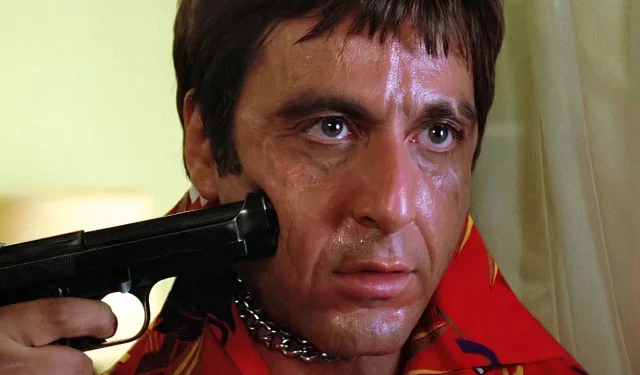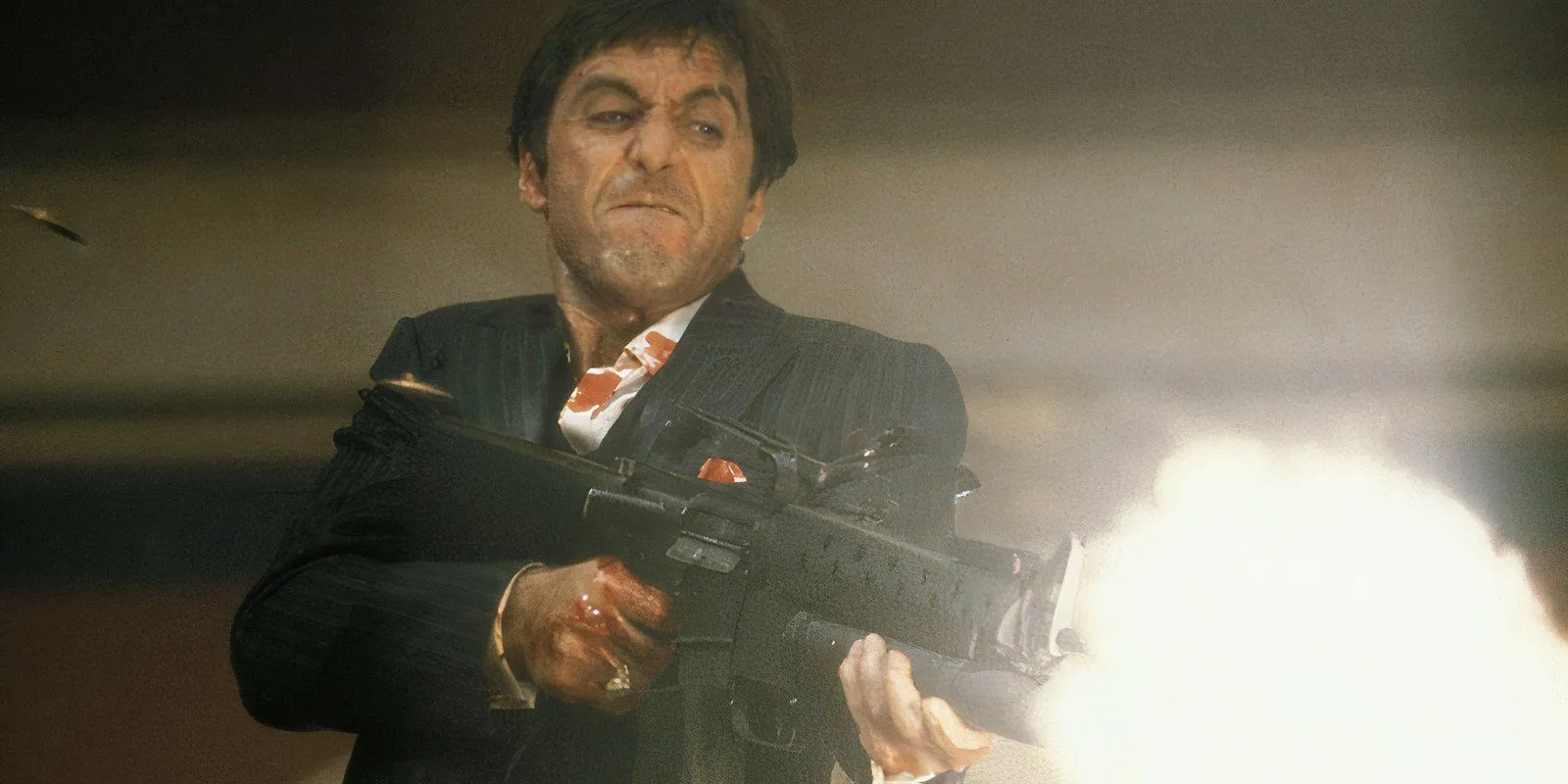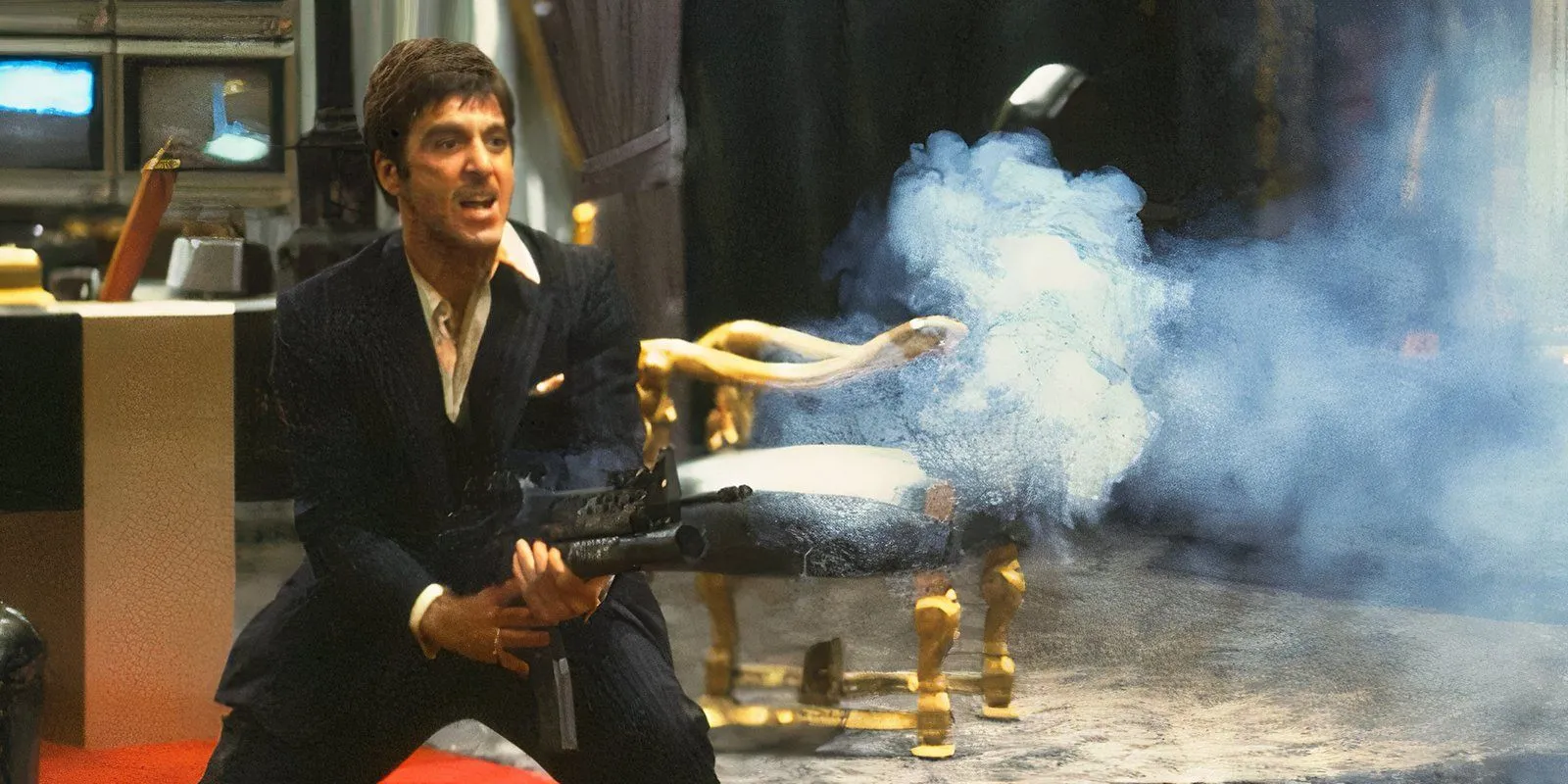
Al Pacino: A Hollywood Icon with Lasting Impact
Few names resonate as strongly in Hollywood as Al Pacino. His illustrious career, which began in the early 1970s, has made him a household name, particularly after his remarkable performance in Francis Ford Coppola’s The Godfather (1972). This crime masterpiece not only defined his career but also set a new standard for cinematic excellence, earning its place as one of the greatest films of all time.
Pacino’s portrayal of Michael Corleone in The Godfather led to further accolades with his reprisal in its sequels: The Godfather Part II (1974) and The Godfather Part III (1990). However, his versatility is evident in his diverse array of roles across various genres. In 1975, he captivated audiences with Dog Day Afternoon, and over the years, he showcased his talent in films like Dick Tracy (1990), Glengarry Glen Ross (1992), Heat (1995), and most recently, Once Upon a Time… in Hollywood (2019).
Scarface’s Dismal Accuracy: Expert Analysis

One of Pacino’s signature roles emerged in 1983 when he starred in Sarface, a collaboration with director Brian De Palma that has since achieved cult classic status. Set against the backdrop of Miami’s drug trade, the film features Pacino as Tony Montana, a Cuban émigré ascending the ranks of the drug underworld.
A recent analysis by Patrick McNamara, a firearms expert and former special operations soldier, scrutinizes the climactic shootout scene in Sarface and highlights its unrealistic portrayal of firearm usage.
According to McNamara, “the entire sequence is severely lacking in realism,”pointing out flaws like exaggerated muzzle flashes and inaccuracies involving the grenade launcher. Nevertheless, he expresses enjoyment of the scene’s spectacle. View his insights and score for the film below:
That wasn’t real but I liked it nonetheless. He launches around into the door and he’s only about seven meters away. The arming distance I believe for M203 is like 20 meters, so it wouldn’t have detonated when it hit the door; it just would have sheared right through that door.
The rate of fire at which Tony Montana’s rifle was firing was pretty accurate. I mean the muzzle flash though, that was extreme. So, what muzzle flash refers to is the amount of light that is coming off that muzzle when the round leaves the muzzle of the weapon itself. You don’t want muzzle flash because it could give away your position.
I appreciate that he’s not a commando in this. He looks like he a drug dealer shooting a gun. Firing it from the hips, spraying and praying. You know when I talk about spraying and praying, all I’m saying is you’re just squeezing the trigger, you’re oriented at the target somewhere but you’re not aiming. It’s indiscriminate fire. You’re praying that those rounds hit what you’re potentially aiming at. There’s no way that I would teach people to spray and pray ever.
He’s got his mags duct taped together jungle style. Some guys will have two magazines and they’ll put something to create a gap in between them so they could drop one when it’s empty and switch it and the other the full one goes into the mag well […].
I would rate this clip a one [out of 10], not necessarily based on the gun handling. The volume of rounds from a particular weapon system, the inability to understand what the arming distance is on the M203, so for mechanic’s sake, I just thought it was not good.
Our Perspective on the Lack of Realism in Scarface
Significance of Realism in Film

While the shootout in Sarface is far from realistic, McNamara acknowledges its considerable entertainment value. He notes that Tony’s lack of military training contributes to his unprofessional handling of firearms. Despite its inaccuracies, the explosive conclusion of the film significantly contributes to its enduring popularity, with Pacino’s iconic line, “Say hello to my little friend,”becoming a cultural touchstone.
Initial reviews for Sarface were mixed, yet its evaluation has improved dramatically over the years. Notably, the late critic Roger Ebert awarded the film a perfect four stars. Currently, it boasts a 79% critics’ score and an impressive 93% audience score on Rotten Tomatoes. This remarkable turnaround is largely attributed to its unabashed portrayal of violence, which has resonated with modern audiences. The film may sacrifice realism, but it more than compensates with entertainment value, solidifying its status as a cult classic.
Source: Insider




Leave a Reply